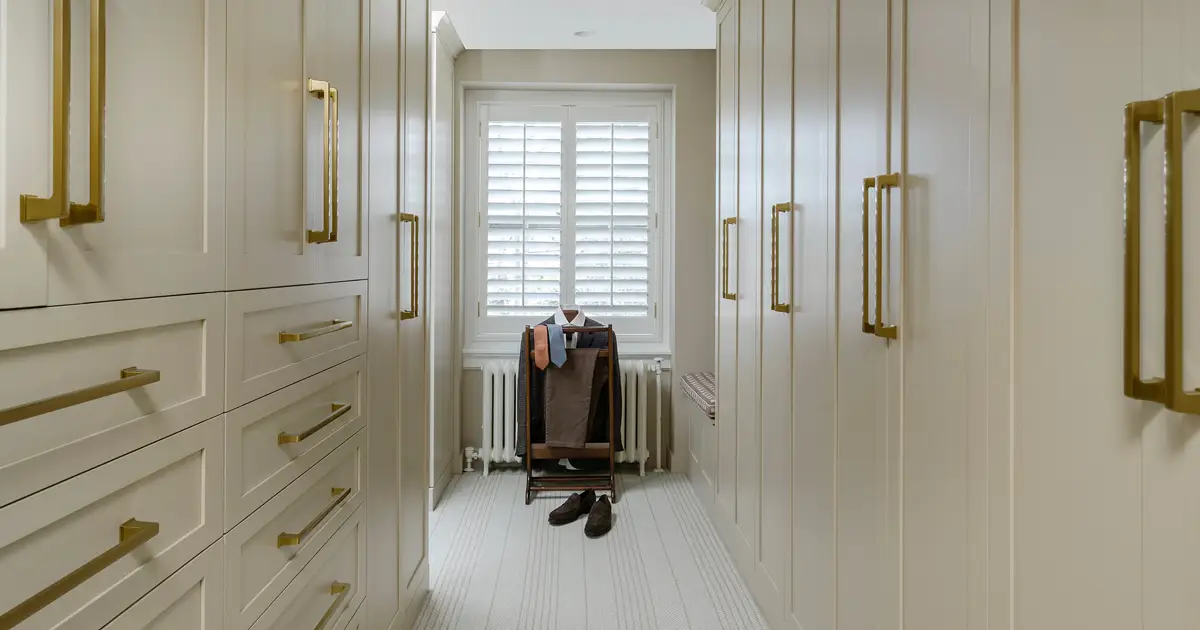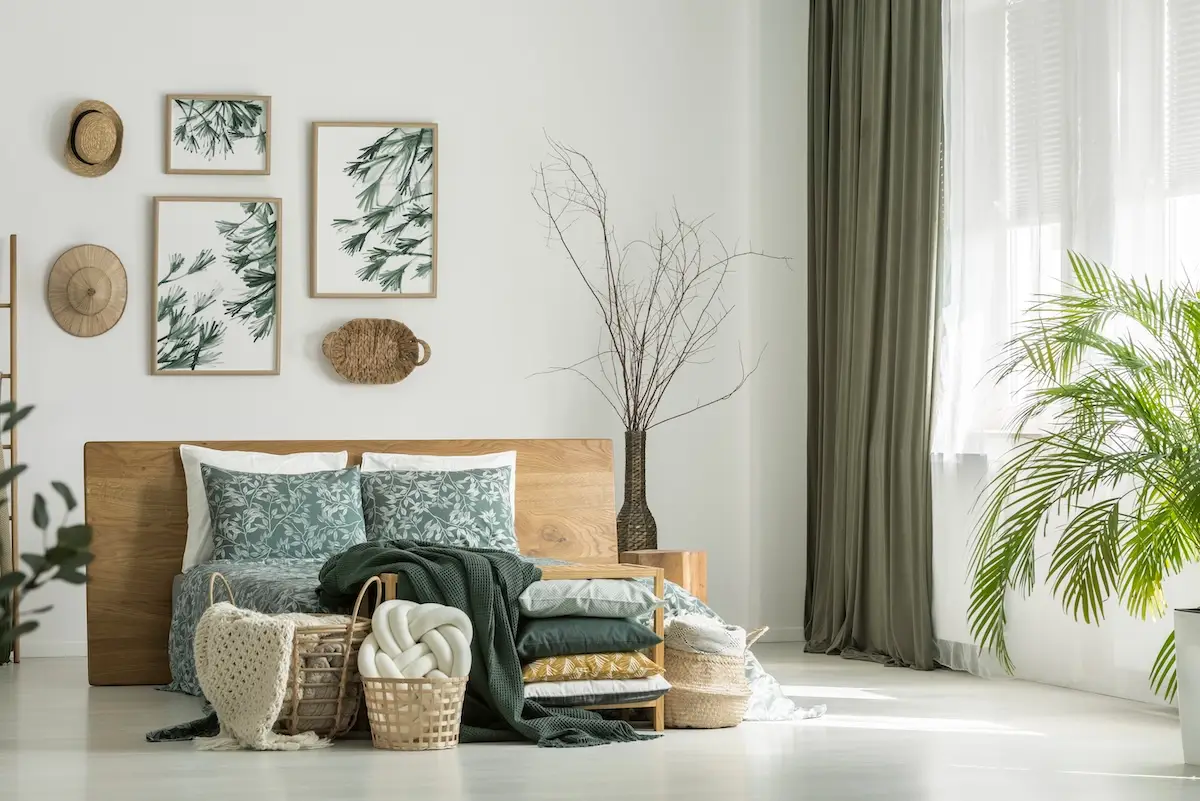Sustainability and green initiatives continue to trend in the design world. As we see more color and pattern in home decor, we also are seeing more pieces of furniture that are made of natural and organic materials. We’re also in a restorative age, where homeowners are starting to see more value in revitalizing the old rather than purchasing brand new items from the mass market. This brings us to mixing wood tones.
Wood tones are not a new trend in the home. In fact, it was once all the rage for homeowners to purchase matching wood furniture sets, from dining room table sets to bedroom furniture. Nowadays, though, homeowners are not looking to fill up their homes with large pieces of matching furniture, which can easily make a room look bland and outdated.
As interior designers, we aim to help our clients find intentional pieces of furniture that both add to the character of your home while fulfilling a specific need. As we do this, it’s also important to find a balance between different wood tones so that they can coexist in the same space without looking disjointed or cluttered. Here are some tips so that you can mix and match wood tones like an expert.

Building Blocks of Mixing Wood Tones
Start with a dominant wood tone
When mixing wood tones, start by choosing one dominant tone for the room. Think flooring, cabinets, built-ins, and other large pieces of furniture that will take up a majority of visual space. This is also a good time to see what existing wood you’re working with; not everyone will want to replace their home’s original hardwood floors and it’s not always possible to stain one type of wood to look like another.

Use complimentary undertones
There’s no need to match everything the same wood color in a room. In fact, using the same tone throughout a room can look flat. And finding pieces that are very close to your dominant color, yet not quite an exact match, won’t look organic and stylish. It’s okay to mix and match dark and light woods together. To keep it cohesive, pair together woods that have the same undertones. Warmer undertones will seem more red, orange or yellow, whereas woods with cooler undertones will seem more blue or gray. You’ll also find there are woods with neutral undertones, which appear more beige or tan and match well with all types of wood.
Look at colors and patterns
When mixing wood tones, remember that different woods not only come in different colors but they also have different textures and grains as well.
The unifying piece
If you have a high contrast of light and darks, try selecting a unifying piece that has multiple wood tones or is a medium tone. This will help bring all the elements of your room together into a more cohesive style.
Finding Balance

Just like color, it’s better to start with less than more. Start by choosing 2-3 wood tones and repeat them throughout your space for a harmonious look. Use other accessories to balance out the transitions between the different types of wood. Rugs, accent pillows, metallic finishes, or a pop of color are all great ways to balance out the wood tones and create the style you want.




